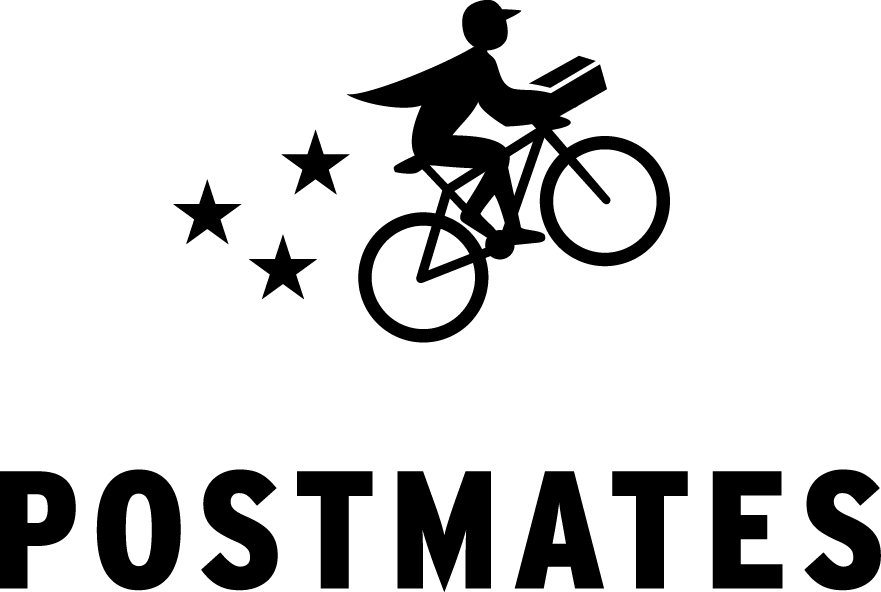We have got individual mobile phone applications for online food delivery, grocery shopping, etc. But, how often do we hear about a single platform that serves all the purposes of delivering grocery to mouthwatering dishes from your favourite restaurants? Rarely. Right?
Postmates is one of those rare mobile applications that has a wide network of delivery partners that deliver products to the customers within a few hours of ordering. It is an on-demand service providing company which was launched on 1 May 2011 by three founding members, Bastian Lehmann, Sean Plaice and Sam Street. The company has its headquarters in San Francisco, California, and it serves the cities of the United States and Mexico with efficient food, grocery, and alcohol delivery services.
Before Postmates

Before Postmates was launched, Lehmann went through many tough situations and faced failure in business. He dropped out of college to open a company of his own, and he opened his first e-commerce website in 1999. The downfall of the company was miserable, and the most significant reason for it was the launch of a product way prior to the rise in customer demand.
After the business was closed,Lehmann started living in Europe, where he met his future partners of Postmates. The team created a start-up called Curated.by, and the entire idea of what the company would do, or how will it progress, was very confusing. Lehmann realized it by himself, after returning to Silicon Valley, and in his own words it was a “stupid idea”. Curated.by was transformed to Postmates after they pitched Naval Ravikant, owner of AngelList, who told them honestly that the idea of Curated.by won’t work.
History of Postmates
Lehmann tried to create a business where the entire structure will connect the buyers, couriers and merchants. In the beginning, the road was bumpy because the network of couriers was very unstable (the courier partners backed out). After the matter was settled, the tech team delved deeper for creating the app, which initially, planned at selling furniture, electronic appliances, etc. But customers were using it for ordering food, but definitely not furniture.
Since the demand for food and grocery was observed, Postmates, eventually, shifted their idea to delivering products on the basis of daily need, and the business started rising.
The Growth
Though the company started as a part of AngelPad, the road to the first round of funding had many obstacles. AngelPad is an America-based start-up incubator that provides two 10 weeks mentorship and seed money while the companies need to present the ideas to investors at the end of the program. Finally, the company’s Series A funding was led by Founder’s Fundraising, and the company raised $5 million.
In December 2011, Postmates launched the same day delivery service, through a new iPhone app. This new scheme was for the local merchants, and the customers from San Francisco, Oakland as well as Berkley. The Global Positioning System (GPS) helped the customers to track their orders and get real-time updates.
In May 2012, Postmates released ‘Get It Now’, an application that allowed the users to order from any merchant of the city, even from the ones, who did not provide delivery services. Eight weeks before releasing the application, the company released the private beta version of the service which was tested by over 1,000 users. During this time, the network of couriers expanded making around 1,000 deliveries a day.
In March 2013, Postmates launched the ‘One Hour’ delivery service in Seattle. The service was first launched in San Francisco, and it turned out to be a huge success with the company having around 200 couriers in San Francisco, and 40 in Seattle. By this time, the company had raised over $2 million from angel investors, including Jeff Clavier, Paige Craig and Naval Ravikant.
In February 2014, Postmates raised $16 million from Series B funding led by Spark Capital. In the same year, the company announced that Nabeel Hyatt (Venture Partner at Spark Capital) and Scott Banister were joining the company’s Board of Directors. In the same year, the company completed its one-millionth deliveries and hired over 6,000 riders to ensure efficient and fast service.
In October 2015, the company announced an updated version of its API, and also, the new pricing (starting at $2.50 per pickup). Within the span of one year, the network of riders tripled from 6,000 to 18,000 and completed over 4.5 million deliveries.
In November 2017, Postmates expanded its service to Tucson, Honolulu and Mexico City (first international market). The company also came in partnership with Impossible Burgers and Shake Shack.
In January 2018, Postmates announced a partnership with Ford to conduct programs and tests on self-driving technology to take delivery to the next level. By 2018, Postmates provided services in 550 cities of United States.
In January 2019, the company raised $100 million, leading its total valuation to $1.85 billion.
The Success
From failed business to running a company with more than 800 employees, Postmates has unlocked access to every local merchant in the cities for the customers. The company has collaboration with 500,000 merchants carrying out 5 million orders a month throughout 3,500 cities.

Annasha Dey is an NIT student, who apart from studying engineering is also a content writer. She has a great interest in photography, writing, reading novels, and travelling as well. She is a foodie who loves socializing and hanging out with her friends. She is also a trained Kathak dancer and a big fashion enthusiast. Dey also loves watching TV series, which includes F.R.I.E.N.D.S. and Big Bang Theory. To be a better writer she prefers to read more
